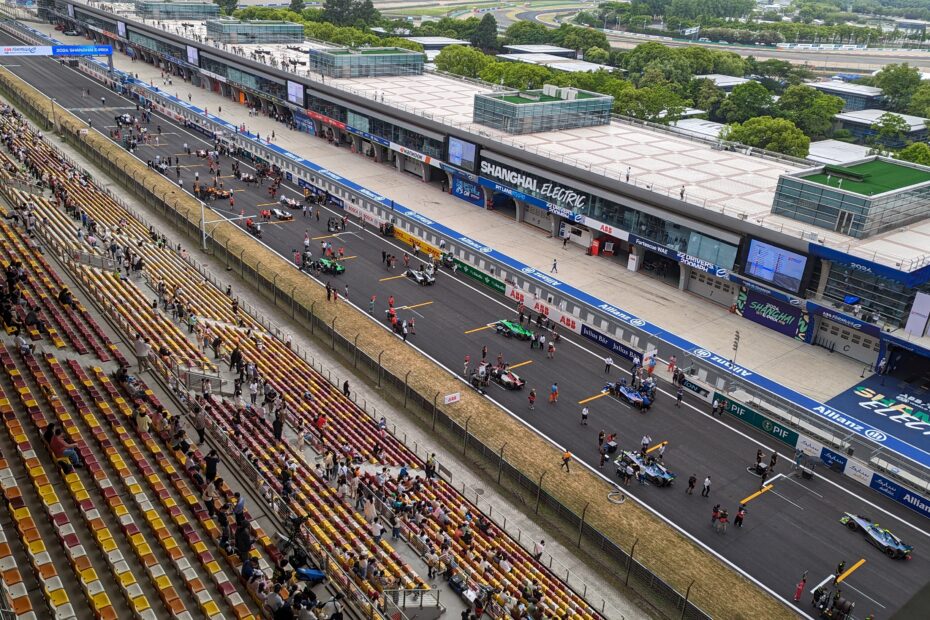Formula E is of electric motors and identical spec cars with no engine or fuel, unlike F1. Even the fuel, that’s electricity is largely based on renewables as possible. Formula E cars are relatively smaller than F1. Having grooved tires with less downforce and less wear, the cars move a lot with lesser energy usage.
Not needing earplugs radio commentary and cheering are audible, which brings drivers, teams, and fans closer to each other.
While the world is going electric, Formula E is powering the shift with technical and sustainability innovations of the EVs we drive. Automakers learn a lot from Formula E for future business, much higher than the F1.
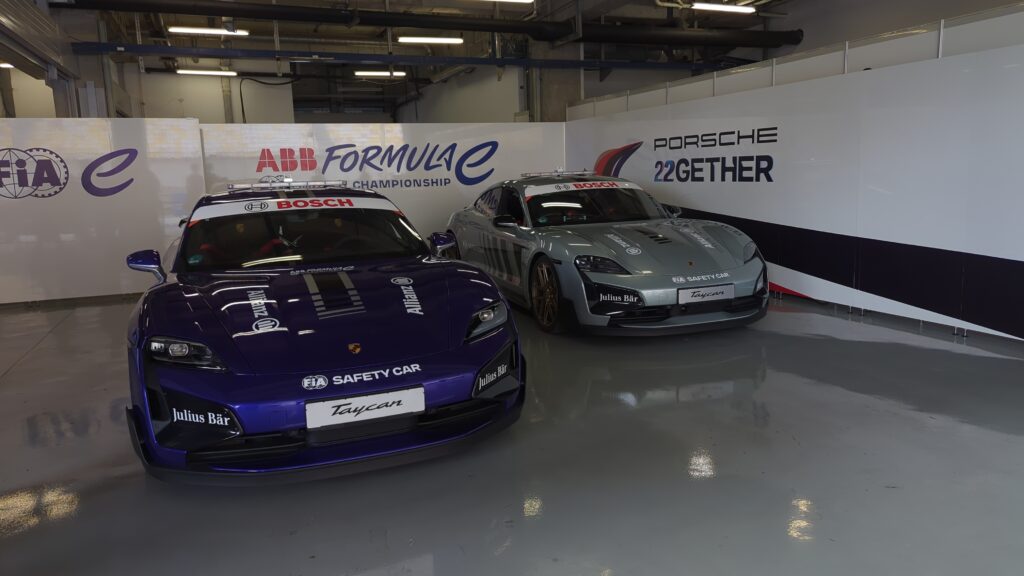
Race Format
F1 circuits are primarily on purpose-built race tracks, including famous circuits like Silverstone, Monza, and Suzuka, with some street circuits like Monaco & Singapore lately.
Formula E races are predominantly held on temporary street circuits and some city tracks, such as in Tokyo, Shanghai, Portland, London, etc for 2024.
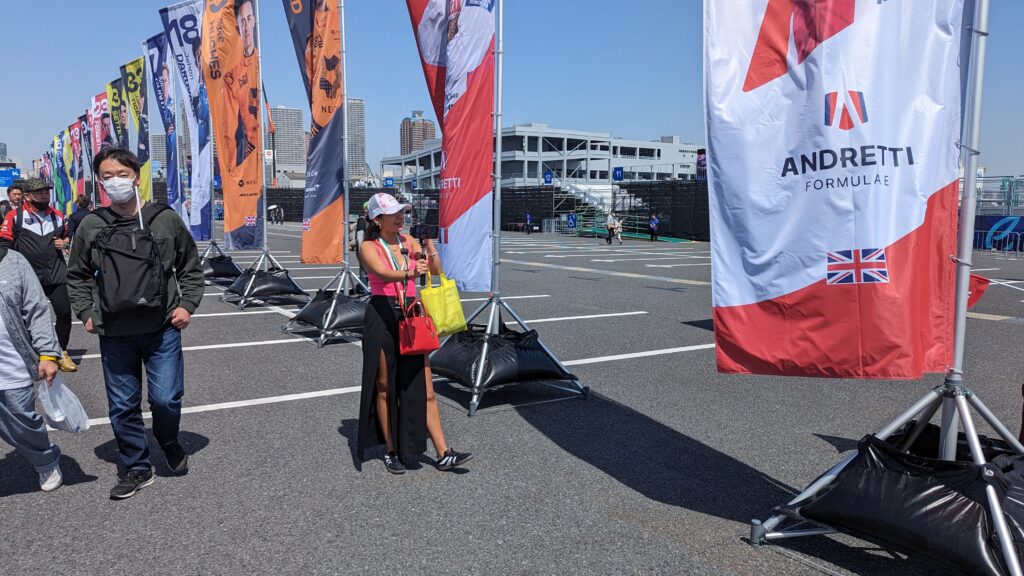
Durations are generally longer for F1, with Grand Prix distances around 300 km, usually taking about 1.5 to 2 hours to complete. Formula E Races are shorter, typically lasting around 45 minutes plus one lap.
Pit Stops too has a major change as there are no tire changes and refueling, rather recharging (refueling is currently banned on F1 as well). Only two sets of tires are allowed per race in FE.
Philosophy and Goals
F1 has been working towards better sustainability lately, including hybrid technology and the use of biofuels, but traditionally has a larger carbon footprint.
Formula E is designed with sustainability in mind from the outset, promoting electric vehicle technology and aiming to reduce environmental impact. It is the world’s first Net Zero sport from its inception.
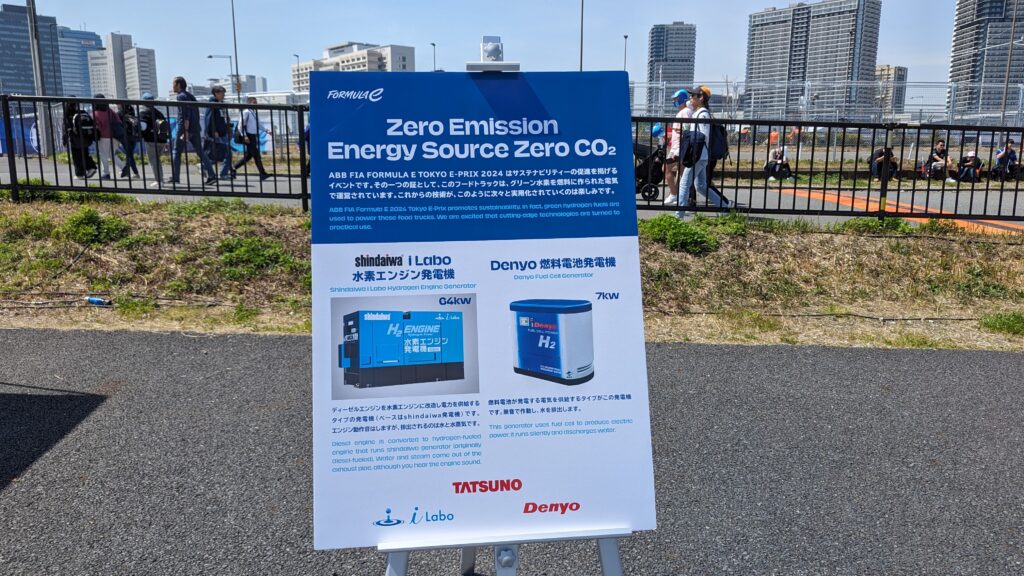
Innovation for Tomorrow
F1 is Known for pushing the boundaries of performance automotive technology with significant budgets for research and development. The development cost of an F1 team may go beyond 200M to 300M per annum.
Formula E focuses on advancing electric vehicle technology and efficiency, with more standardized components to control costs. This will be within 150M USD per annum, just half of F1’s top-tier team.
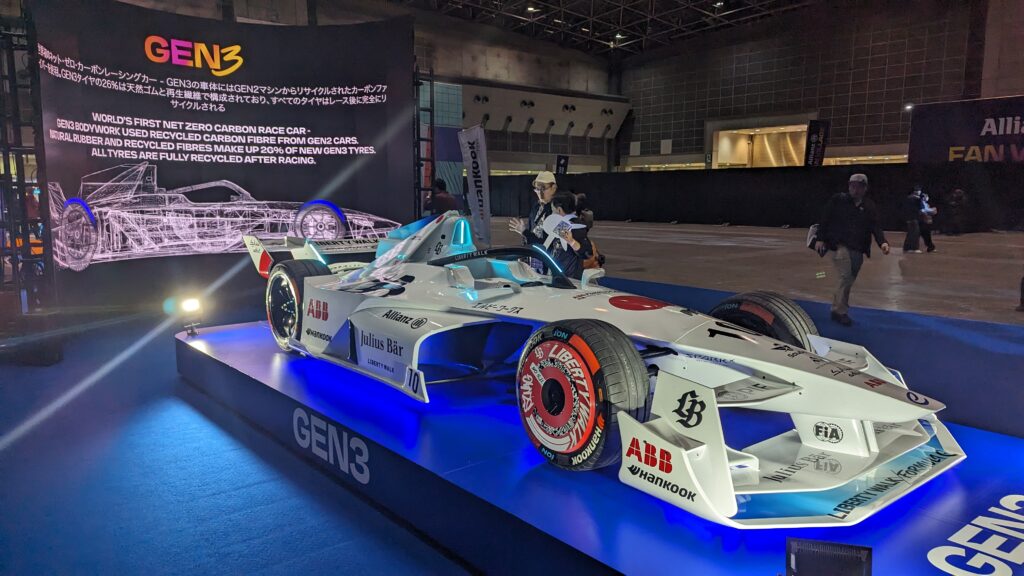
Championship and Points System
There are no significant differences as both formats offer Championships for both the Manufacturer and the Driver, with a similar points system.
Competition Style
Due to Formula E’s leveled powertrains, chassis, batteries, and tires used by all teams, the track competition is intense. Compared with hardware, battery management strategy and software ability matter more. There can be as many as 100 overtakes in one race.
Drivers and teams needed to be mindful of the energy/battery capacity to finish the race. This gives many challenges at once, whilst entertaining the audience better!
The championship was not decided till the last stop at season 11 of 2023, as three teams were reaching to be the winner, which says a lot about FE’s competitiveness.
Culture and Fanbase
F1 has a rich history from 1950, with a long-established global fanbase and iconic races. Established in 2014, Formula E is rapidly growing in popularity with a modern and urban appeal.
In contrast with the F1 traditional fan engagement with a focus on the prestige and glamour of the sport, Formula E fans are more keen on sustainability and urban innovation.
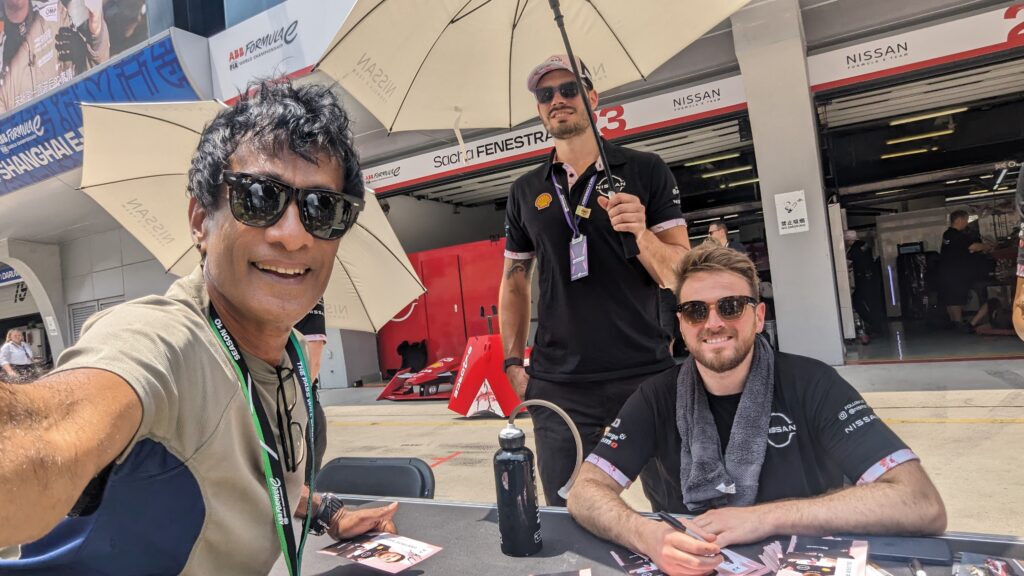
Formula E is not just an Entertaining and Competitive sports event, it is a breeding ground and laboratory for continuous development of electric mobility and battery technology.
More about Formula E’s Sustainability drive…..
